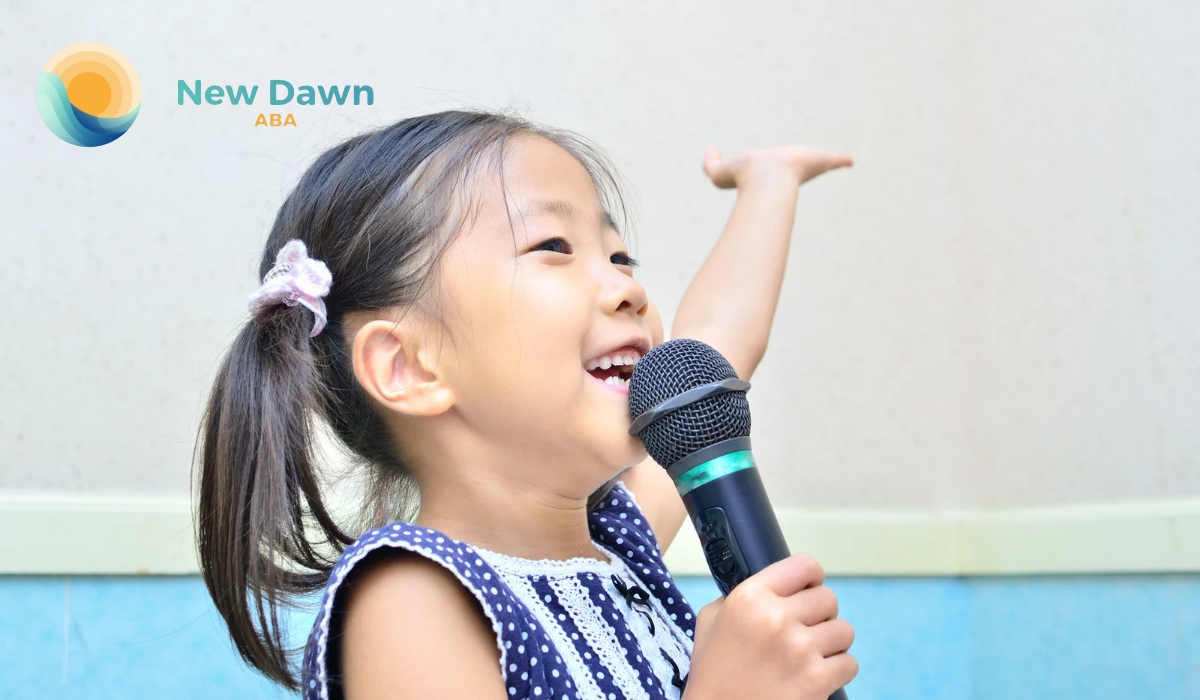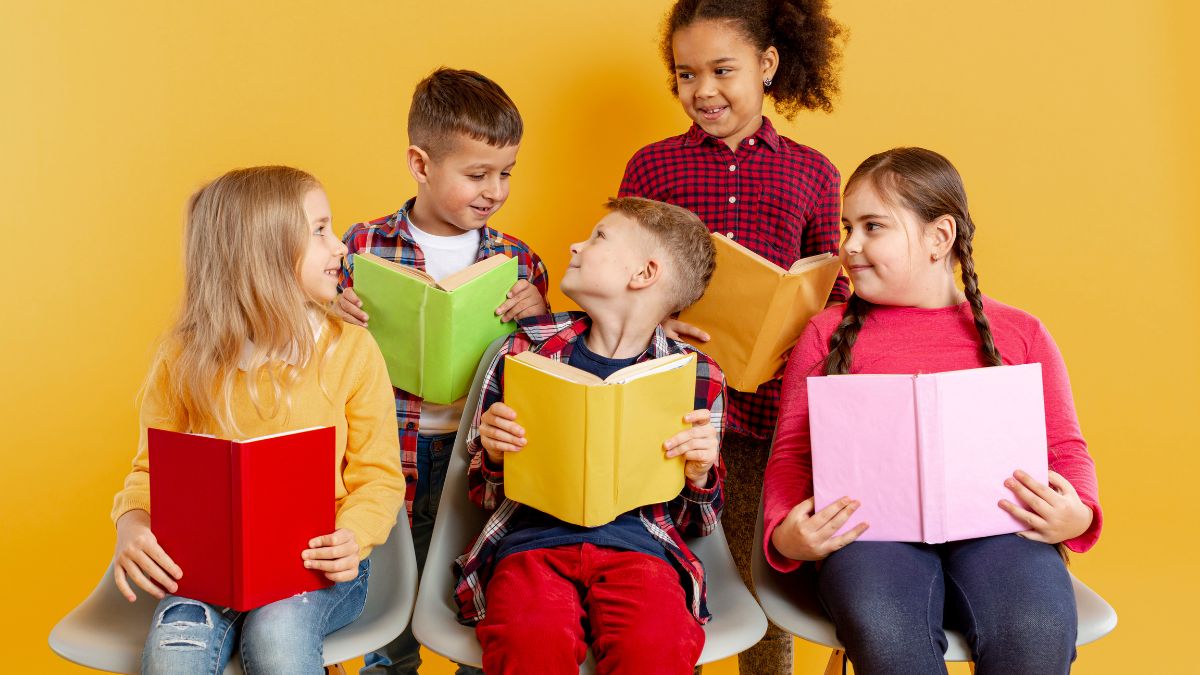Key Points:
- Music can support emotional regulation, communication, and learning in individuals with autism.
- Structured music therapy and informal musical activities both provide calming and therapeutic benefits.
- Understanding how to use music intentionally can help parents support their child’s development and well-being.
Music has a unique way of reaching people—often in ways that words cannot. For many children on the autism spectrum, music isn’t just background noise; it’s a lifeline to calm, connection, and creativity. Whether it's humming a melody to soothe anxiety or dancing to a favorite rhythm, the relationship between music and autism is powerful, nuanced, and deeply personal.
Parents may notice that their child lights up when a familiar tune plays or becomes calmer when soft music fills the room. These experiences are not just anecdotal—they are backed by growing research and clinical practice. “Music autism” connections are now widely acknowledged in therapeutic settings as valuable tools for supporting children’s sensory, emotional, and communication needs.
Does Music Help Children With Autism?
Yes, music can be incredibly helpful for children with autism. Research and real-world experience have shown that music can enhance communication, emotional expression, and even social interaction for individuals on the spectrum.
Children with autism often face challenges in verbal expression, sensory processing, and emotional regulation. Music has a unique ability to bypass traditional communication barriers and engage different parts of the brain, making it a powerful therapeutic and calming tool. From lullabies that soothe meltdowns to songs that teach social cues, music can be both enjoyable and educational for children with autism.

How Music Supports Children With Autism
The effects of music on children with autism are wide-ranging, from emotional support to structured learning. Understanding these benefits can help caregivers intentionally incorporate music into daily routines.
1. Emotional Regulation
Many children with autism experience heightened sensory input or difficulty managing emotions. Music can act as a grounding force. Gentle melodies, familiar songs, or even instrumental tracks help regulate mood, reduce anxiety, and prevent sensory overload.
2. Nonverbal Communication
Some children with autism struggle to express themselves verbally. Music opens a nonverbal channel for communication, allowing children to convey joy, frustration, or curiosity through rhythm, movement, or vocalization—even if they don’t speak.
3. Social Interaction
Interactive music activities like group singing or playing instruments together encourage turn-taking, eye contact, and shared experiences. These activities help develop social skills in a structured, low-pressure way.
4. Cognitive Development
Music helps reinforce learning through rhythm and repetition. Educational songs can teach language, numbers, routines, and more. Children are often more engaged when learning is paired with a tune.
5. Sensory Integration
For children with sensory processing difficulties, certain types of music can help them regulate their responses to the world. For example, low-frequency sounds might help calm an overstimulated child, while rhythmic beats can organize chaotic sensory input.

Simple Ways To Use Music At Home
You don’t need to be a therapist—or even musically trained—to make music part of your child’s daily life. There are many parent-friendly strategies to use music to calm, engage, and support your child:
Creating A Musical Routine
Establish a predictable musical routine to help transitions and reduce anxiety. For example:
- A wake-up song to start the day.
- A clean-up song to signal playtime is ending.
- A bedtime playlist with calming music.
Singing For Communication
Use songs to teach simple instructions or routines. Songs like “If You’re Happy and You Know It” can teach actions, emotions, and imitation in a fun way.
Making Music Together
Interactive musical play builds bonding and reinforces turn-taking. Try activities like:
- Clapping and tapping to a beat
- Playing simple instruments like shakers or tambourines
- Dancing freely to upbeat music
Creating A Calming Playlist
Every child responds differently to music. Pay attention to the types of songs or sounds that seem to soothe your child, and create a playlist that can be used during stressful moments. Consider:
- Nature sounds or soft piano
- Lullabies or slow acoustic tracks
- Low-frequency instrumental music
What Kind of Music Works Best?
There is no one-size-fits-all answer, as children with autism have individual sensory profiles and musical preferences. However, many parents and therapists find success with the following genres or types:
- Classical or instrumental music: Helps promote focus and calm.
- Songs with predictable rhythms: Aids in comprehension and engagement.
- Repetitive children’s songs: Supports memory and learning.
- Songs with movement prompts: Encourages physical participation and expression.
It's helpful to observe how your child reacts to different tempos, instruments, and lyrics. Over time, you can build a personalized set of musical tools tailored to their unique needs.
What If My Child is Overwhelmed By Music?
While many children on the spectrum find music comforting, some may be overwhelmed by certain sounds or frequencies. If this happens:
- Use music in short, low-volume sessions.
- Choose songs without lyrics or sudden changes.
- Let your child control the music—pause, skip, or adjust as needed.
Paying close attention to their responses and preferences will help create a safe and positive musical environment.
When To Seek Professional Support
If your child responds strongly to music but also struggles with communication, focus, or emotional regulation, music therapy can be a valuable addition to their care plan. However, it’s also important to work alongside professionals who can help address these behaviors in a comprehensive and consistent way.
One proven approach for children with autism is Applied Behavior Analysis (ABA) therapy. While ABA is not music therapy, it can work hand-in-hand with music-based activities to reinforce desired behaviors, communication, and coping skills.
Helping Your Child Grow With ABA Therapy
If your child with autism responds well to music but still needs help with behavior, social skills, or communication, consider reaching out to New Dawn ABA. While we specialize solely in ABA therapy in Missouri and Colorado, our team is experienced in integrating a child’s unique interests—like music—into personalized treatment plans.
ABA therapy focuses on teaching meaningful life skills through positive reinforcement and structured support. Whether your child is learning to manage emotions or building new routines, ABA can offer tools that complement calming strategies like music.
Get in touch with us today to find out how ABA therapy can support your child’s individual needs in Missouri or Colorado. Every child deserves the chance to thrive—and your journey doesn’t have to be walked alone.
Recent articles

At New Dawn ABA, we believe in brighter beginnings. Our team partners with families to build skills that matter—turning daily moments into meaningful progress and long-term independence.

.svg)
.svg)
.svg)
Quick Links
HomeAbout UsServicesLocationsResourcesCareersContact UsPrivacy PolicyOur Locations
MissouriColoradoKansas (Coming Soon)Oklahoma (Coming Soon)Contact Information
.png)
720-784-4944
.png)
720-784-4945
.png)
info@newdawnaba.com
Copyright © 2025 New Dawn ABA - All Rights Reserved.




